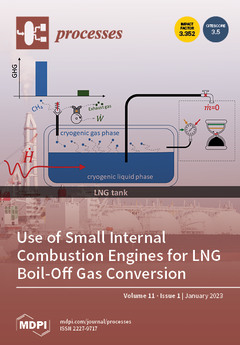Green synthesis of metal nanoparticles in nanosized form has acquired great interest in the area of nanomedicine as an environmentally friendly and cost-effective alternative compared to other chemical and physical methods. This study deals with the eco-friendly green synthesis of titanium dioxide nanoparticles (TiO
2 NPs) utilizing
Juniperus phoenicea leaf extract and their characterization. The biosynthesis of TiO
2 NPs was completed in 3 h and confirmed by UV-Vis spectroscopy, a strong band at 205.4 nm distinctly revealed the formation of NPs. Transmissions electron microscopy (TEM) analysis showed the synthesized TiO
2 NPs are spherical in shape, with a diameter in a range of 10–30 nm. The XRD major peak at 27.1° congruent with the (110) lattice plane of tetragonal rutile TiO
2 phase. Dynamic light scattering (DLS) analysis revealed synthesized TiO
2 NPs average particle size (hydrodynamic diameter) of (74.8 ± 0.649) nm. Fourier transmission infrared (FTIR) revealed the bioactive components present in the leaf extract, which act as reducing and capping agents. The antimicrobial efficacy of synthesized TiO
2NPs against,
Staphylococcus aureus, and
Bacillus subtilis (Gram-positive),
Escherichia coli and
Klebsiella pneumoniae (Gram-negative), Yeast strain (
Saccharomyces cerevisiae) and fungi (
Aspergillus niger, and
Penicillium digitatum) assayed by a disc diffusion method. TiO
2NPs inhibited all tested strains by mean inhibition zone (MIZ), which ranged from the lowest 15.7 ± 0.45 mm against
K. pneumoniae to the highest 30.3 ± 0.25 against
Aspergillus niger. The lowest minimum inhibitory concentration (MIC) and bactericidal (MBC) values were 20 μL/mL and 40 μL/mL of TiO
2NPs were observed against
Asp. niger. Moreover, it showed significant inhibitory activity against
human ovarian adenocarcinoma cells with IC
50 = 50.13 ± 1.65 µg/mL. The findings concluded that biosynthesized TiO
2 NPs using
Juniperus phoenicea leaf extract can be used in medicine as curative agents according to their in vitro antibacterial, antifungal, and cytotoxic activities.
Full article





